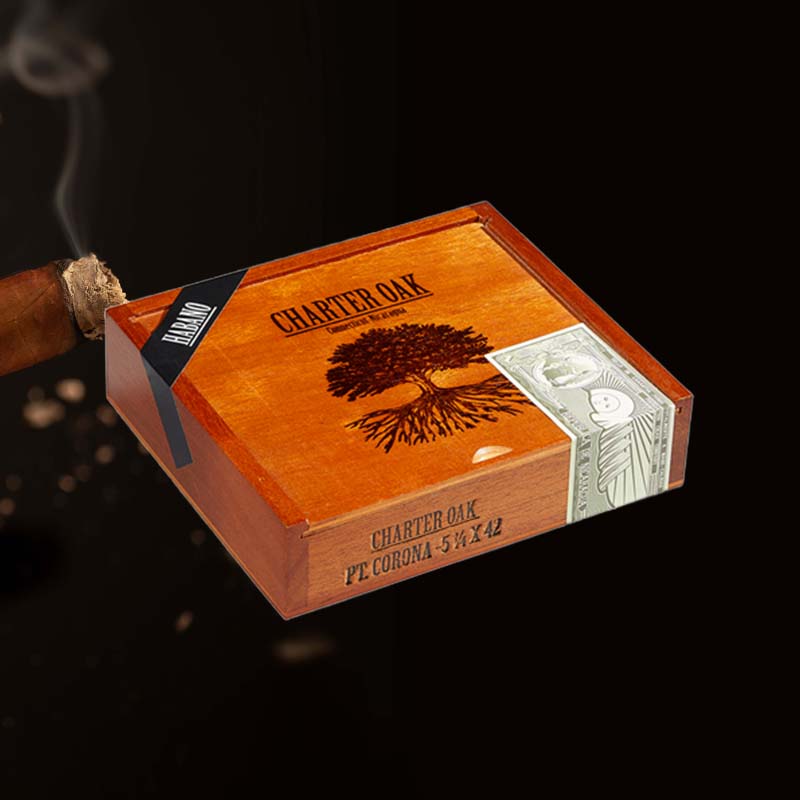How to light a pencil torch
Introduction: How to Light a Pencil Torch
Lighting a pencil torch might seem intimidating at first, but I assure you, it’s a straightforward process once you understand the steps involved. I remember the first time I tried to ignite one; the excitement mixed with a tinge of anxiety was palpable. However, as I progressed through the steps, I felt a surge of confidence and accomplishment. Pencil torches are not only practical tools; they’ve become a hobbyist’s delight for their versatility. Let’s dive into the details on how to light a pencil torch effectively.
Understanding the Uses of a Pencil Torch
A pencil torch is incredibly versatile and can be used for various tasks, including:
- Cigar lighting – gives a concentrated flame for an even burn.
- Culinary uses – for caramelizing sugar or searing meat.
- Bread baking – achieving that perfect crust.
- Crafting – soldering and creating detailed art pieces.
- Emergency situations – reliable source of fire when needed.
Each of these scenarios requires a mastery of how to light your torch correctly to achieve the desired result.
Step 1: Unscrew the Tip of the Pencil Torch
The first step is simple—you’ll need to unscrew the tip of the pencil torch.
Preparing Your Torch for Use
By removing the tip, you not only prepare your torch for filling but also get a clearer view of the mechanics inside. This step seems trivial, but trust me, it sets the stage for smooth operation later on.
Step 2: Filling Up the Pencil Torch with Butane
After preparing your torch, it’s time to fill it with butane.
Choosing the Right Butane for Your Torch
Ensure you select high-quality butane for better performance. I always prefer triple-refined butane as it tends to burn cleaner and hotter. Here’s what you need to do:
- Hold the torch upside down.
- Insert the nozzle of the butane canister into the refill port.
- Press down firmly for a few seconds until you see butane filling the torch.
- Wait a minute for the gas to stabilize before lighting.
Step 3: Igniting the Pencil Torch
Now that you have filled your torch with butane, it’s time to ignite it.
Common Ignition Techniques
There are generally two ignition techniques for pencil torches:
- Press the ignition button—most torches come with this feature.
- Use a lighter to ignite the flame while pressing the button if applicable.
Make sure to use these techniques safely and avoid igniting in enclosed spaces to prevent unwanted accidents.
Step 4: Adjusting the Flame
Once your torch is lit, you’ll want to adjust the flame to suit your task.
How to Achieve the Desired Flame Height
Most torches have a flame adjustment dial; turning it clockwise or counter-clockwise can achieve the desired flame height.
- For delicate tasks, a smaller flame is beneficial.
- For heating larger objects, increasing the flame height can be useful.
I find that a steady flame gives the best results for lighting cigars, as it offers precision and control.
Step 5: Safety Precautions When Using a Pencil Torch
Safety should always be at the forefront when using any fire-related device.
Best Practices for Safe Operation
- Always use the torch in a well-ventilated area.
- Keep flammable materials away from the flame.
- Avoid wearing loose clothing that could catch fire.
- Store butane canisters in a cool, dry place away from heat sources.
Remember, safety is key to enjoying your torch’s functionality without any mishaps.
Step 6: Maintaining Your Pencil Torch
Proper maintenance goes a long way in ensuring the longevity of your pencil torch.
Regular Maintenance Tips to Extend Lifespan
- Regularly clean the nozzle to prevent clogging.
- Inspect seals for wear and tear to avoid leaks.
- Refill butane regularly rather than letting it run completely dry.
- Store your torch safely after each use.
By taking these small steps, I ensure my torch is always ready for my next adventure.
Troubleshooting Common Issues
Sometimes, despite our best efforts, issues arise.
Resolving Flame Output Problems
If you’re experiencing low flame output:
- Check if butane has run out—refill if necessary.
- Examine the nozzle for clogs and clean it if needed.
- Ensure the adjustment dial is positioned correctly.
These troubleshooting steps have helped me get my torch back in action on several occasions.
Comparing Pencil Torches to Other Types of Torches
Pencil torches provide unique advantages over other types of torches, such as propane or torch lighters.
Evaluating the Advantages of Pencil Torches
- Compact and easy to maneuver—ideal for precision tasks.
- Finer, more concentrated flame for delicate tasks.
- Safer to use indoors compared to larger propane torches.
I’ve found that their portability and efficiency make them my first choice for various tasks.
Conclusion: Mastering Your Pencil Torch
In conclusion, learning how to light a pencil torch is an invaluable skill that opens a world of possibilities. With the right techniques and precautions, you can confidently use your pencil torch for various applications. I encourage you to practice these steps and explore the creative ways you can incorporate a pencil torch into your hobbies or daily tasks. Happy torching!
Summary and Final Tips for Use
Always remember to maintain safety and functionality as the core principles when using a pencil torch. Regularly clean and check your torch, choose the right fuel, and master the flame adjustment for the best results.
FAQ
How to light up a torch?
To light a torch, ensure it has butane, press the ignition button or use a lighter while pressing the button for a flame.
Why won’t my torch light?
If your torch won’t light, check for butane levels, clogged nozzles, and proper flame adjustment settings.
How to refill a pencil torch?
To refill, hold the torch upside down, insert the butane canister into the refill port, and press down until filled.
How do I turn on a hand torch?
For a hand torch, turn the gas valve open, and press the ignition button or use a lighter to ignite the flame.












